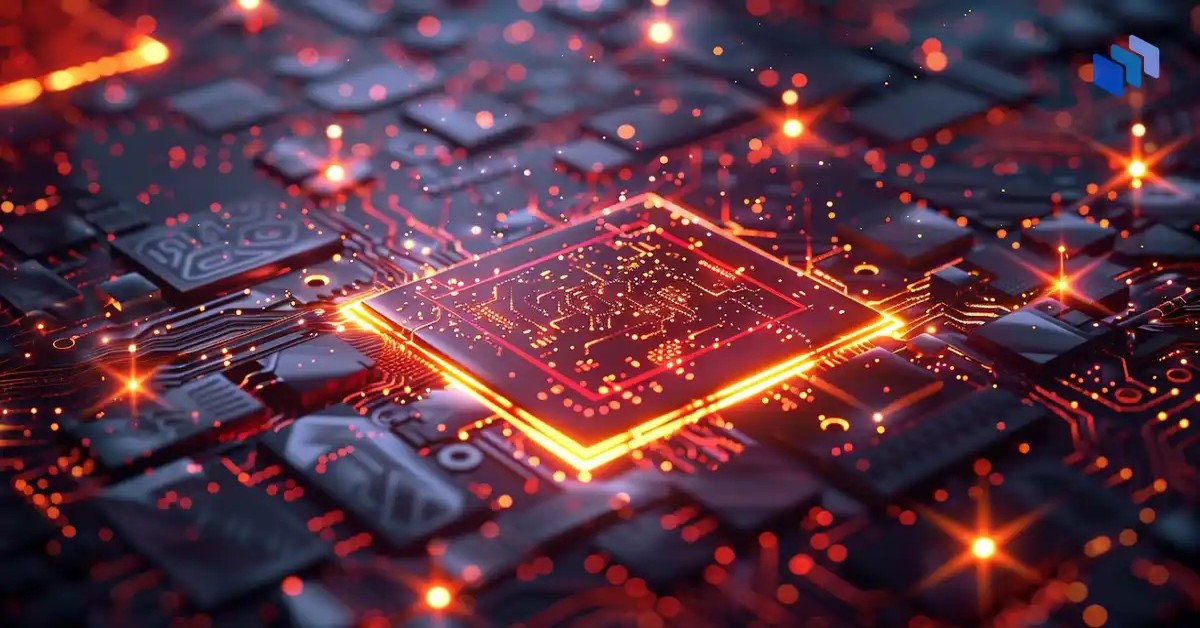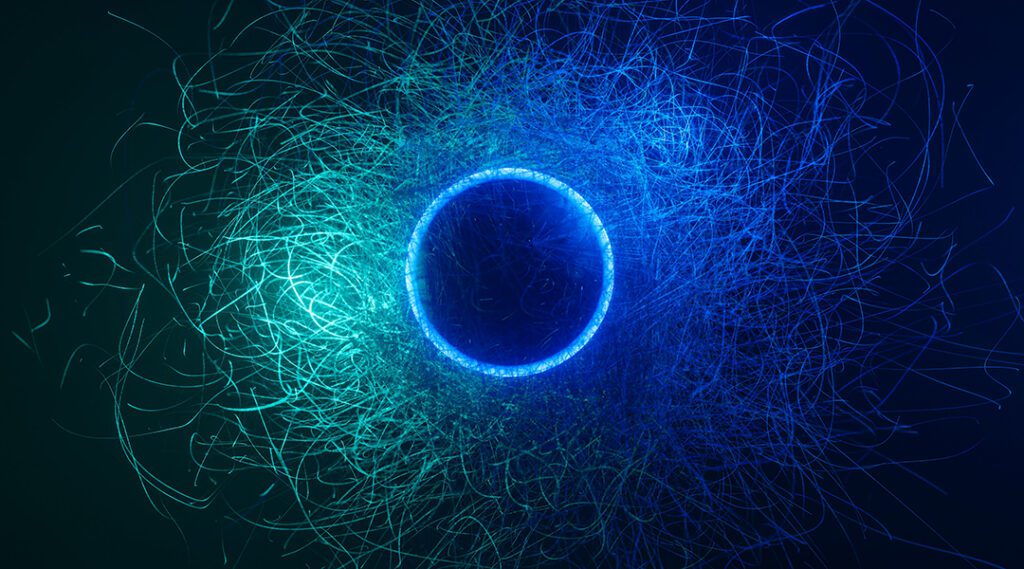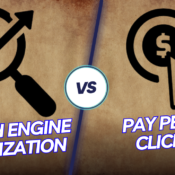
Quantum Computing: The Future of Technology
INTRODUCTION
Quantum computing is an emerging field based on quantum mechanics. It leverages microscopic phenomena to solve complex problems.
It differs from classical computing which uses only bits 0 and 1.
In contrast, quantum uses qubits, which can exist in multiple states. This allows computation to run in parallel.
This idea can be attributed to Richard Feynman and David Deutsch in the least but it was not until the 21st century that a serious breakthrough was put in place to lead to the experimental quantum computers of today.
Quantum technology, based on qubits and gates, has the potential to solve problems classical computers cannot. It could be used in cryptography, optimization, and drug synthesis.
Quantum Mechanics Basics
Quantum mechanics explains sub-microscopic particle behavior and introduces concepts like superposition, wave-particle duality, and entanglement.
Superposition: This concept enables quantum bits, or qubits, to exist in both states (0 and 1) simultaneously. As a result, quantum computers can process multiple scenarios at once, providing far more computational power than classical computers.
Entanglement: In quantum computing, entanglement means that qubits are linked in such a way that changing the state of one instantly affects the other, no matter the distance between them. This speeds up data processing and allows for more complex computations.
Qubits (Quantum Bits): Qubits are the fundamental units of quantum computers, representing both 0 and 1 simultaneously. This unique capability enables quantum computers to perform multiple calculations simultaneously, enhancing both speed and efficiency.
Quantum Gates: These gates control qubits by applying quantum operations like superposition and entanglement, enabling quantum algorithms to execute more efficiently.

Quantum Algorithms
Grover’s Algorithm (Search): Grover’s Algorithm introduces a quadratic speed-up when searching unsorted databases, significantly cutting down the number of queries needed compared to classical search methods. As a result, it dramatically improves the efficiency of database searches and is a major breakthrough in quantum computing.
Shor’s Algorithm (Factoring): Shor’s Algorithm demonstrates the ability to factor large integers remarkably faster than classical algorithms. This poses a serious challenge to cryptographic systems that rely on the difficulty of factoring large numbers. By efficiently solving such problems, Shor’s Algorithm threatens the integrity of widely used encryption systems.
Quantum Fourier Transform: The Quantum Fourier Transform acts as a quantum extension of the classical Fourier transform and plays a vital role in several key quantum algorithms, such as Shor’s Algorithm. Its application is critical to the speed and success of these algorithms, highlighting its importance in quantum computing.
These algorithms, collectively, showcase the transformative potential of quantum computing, especially in cryptography and complex data processing tasks.
Quantum Hardware
The hardware of Quantum Computing is the actual objects that realize quantum computing. Among them are the superconducting qubits, trapped ions, and topological qubits.
Superconducting Qubits: Superconducting qubits are based on circuits made from superconducting material. This helps maintain quantum states with minimal energy loss. It is one of the leading technologies in quantum computing.
Trapped Ion Qubits: Trapped ion qubits enclose ions by electric and magnetic fields, they offer coherent and accurate quantum control in individual qubits.
Topological Qubits: Topological qubits utilize the characteristics of topological phases for storing/retrieving the quantum bit, which is supposed to be immune to most errors.
Photonic Qubits: This photonic qubit implements the use of particles of light (photons) to convey quantum information, which allows for quantum communication over long distances and at the same time can easily be scaled up.
Applications of Quantum Computing
Cryptography: Quantum computing could disrupt current encryption methods by breaking traditional cryptographic algorithms. However, it also has the potential to develop quantum-resistant cryptographic schemes, ensuring secure communication in the quantum era.
Optimization: By using quantum algorithms, industries like logistics, finance, and manufacturing can find more effective solutions to complex optimization problems. These algorithms optimize resource allocation, lower operational costs, and boost overall efficiency.
Drug Discovery: By simulating molecules at the quantum level, quantum computing accelerates the discovery of new drugs. It enables scientists to better understand molecular interactions, drastically shortening the time needed for research and development in pharmaceuticals.
Material Science: The design and creation of new materials for products and chemical processes are supported by quantum computing. These advancements drive breakthroughs in manufacturing, productivity, and energy storage systems, fostering sustainability and innovation.
Artificial Intelligence: Quantum computing can revolutionize AI by improving machine learning and data analytics. With its ability to process vast amounts of data in a fraction of the time, it opens the door to faster and more accurate AI-driven insights and innovations.

Optimization Problems of Quantum Computing
- Scheduling: Quantum algorithms can tackle intricate scheduling challenges, such as flight and manufacturing schedules, in ways classical computers struggle with, leading to improved efficiency and time management.
- Supply Chain Management: Quantum computing can optimize inventory, routing, and distribution, providing better logistics solutions. This results in reduced operational costs and enhanced delivery times.
- Finance: Quantum technology enables more sophisticated analysis of financial data, allowing for improved investment strategies and risk management, potentially increasing profitability.
- Traffic Management: Quantum computing can model and optimize urban traffic systems, helping to alleviate congestion and improve flow by analyzing vast amounts of real-time data.
- Energy Sector: Quantum algorithms can optimize the distribution of energy within smart grids, making energy consumption more efficient and cost-effective, while enhancing sustainability efforts.
Challenges and Limitations of Quantum Computing
Bit Stability: Maintaining qubit coherence is a major challenge as qubits are prone to environmental interference, causing them to lose their state. Controlling this interference is critical to prevent decoherence, which impacts the stability of quantum bits.
Error Correction: Developing efficient quantum error correction methods is a complex and time-consuming task. Unlike classical systems, quantum errors are more difficult to detect and correct, making this a significant hurdle.
Scalability: Scaling quantum systems, particularly with the use of quantum gates, becomes increasingly difficult as the number of qubits grows. Larger systems can compromise both performance and reliability, posing a challenge for widespread quantum computing adoption.
Algorithm Development: Creating optimal quantum algorithms for practical, real-world applications remains an ongoing area of research. This is crucial for unlocking the full potential of quantum computers.
Cost: The creation and maintenance of quantum hardware are expensive, requiring significant capital investment. The high cost of quantum technology is a serious drawback for its development and commercialization.
Conclusion
Quantum computing has the potential to revolutionize various fields such as cryptography, drug development, optimization, and artificial intelligence. As advancements in qubit technology, error correction, and practical applications continue, quantum computers are expected to tackle complex problems that are beyond the capabilities of classical computers. This signifies the dawn of a new era in computational power and innovation, where industries will be able to solve challenges faster and more efficiently, paving the way for groundbreaking discoveries and solutions.



